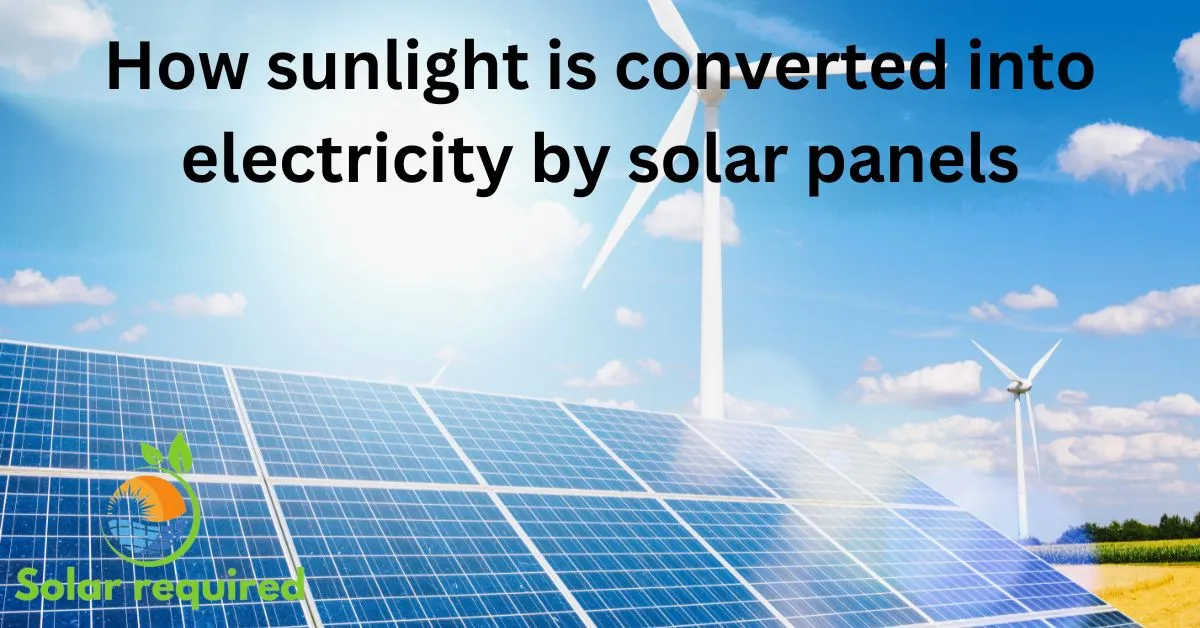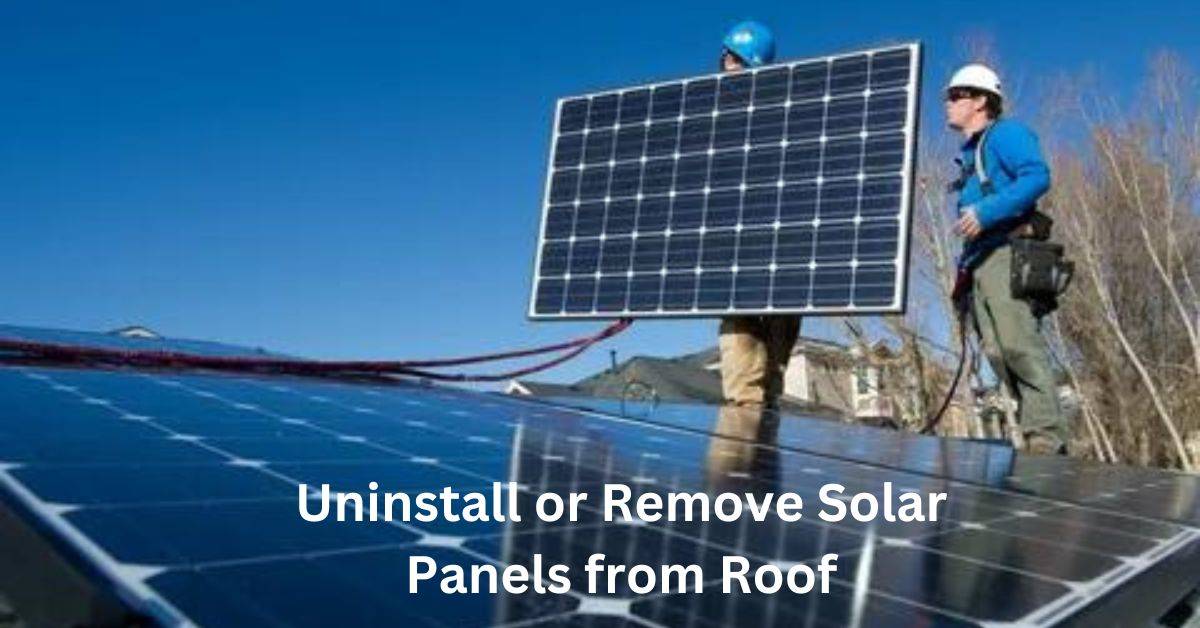Introduction of solar panels and solar energy
Solar Panels
Solar panels have become increasingly popular in recent years as a clean and sustainable source of electricity. Harnessing the sun’s power, these panels can convert sunlight into usable energy. In this article, I will explore solar panels. I will delve into the fascinating world of solar panels and how they work to make electricity.
Solar Energy
Solar energy is a renewable energy source that is abundant and freely available. Fossil fuels pollute and cause climate change. Solar energy is clean and does not produce harmful emissions. Solar panels, also known as PV panels, capture sunlight. They convert it into electricity through the photovoltaic effect.
Step-by-step guide
Step 1: Absorption of Sunlight by the Solar Panels
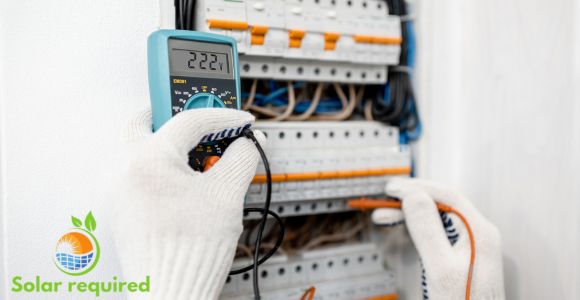
Solar panels are made of photovoltaic cells. They can convert sunlight into power. These cells absorb the sunlight that strikes the solar panels. The semiconductor material used to make the cells, often silicon, can absorb photons from sunshine.
Sunlight’s photons excite the electrons in the semiconductor. This enables them to flow freely inside the cell. This movement produces an electric current. The solar panels take in more sunshine as they generate more power.
Step 2: Conversion of Sunlight into DC Electricity
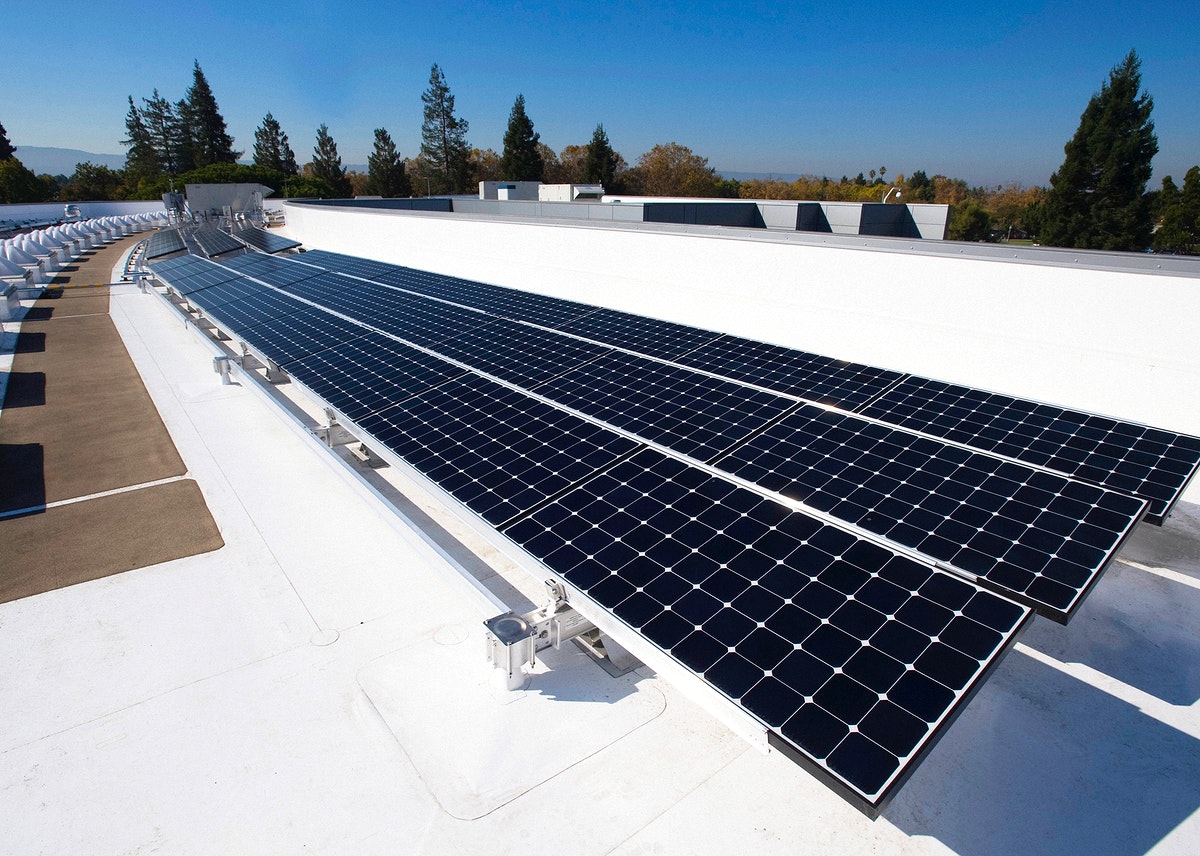
Once the solar panels capture the sun’s energy, they produce direct current (DC) electricity. The excited electrons within the cells produce an unidirectional flow of electrons. The wiring in the solar panels then gathers this direct current and sends it to an inverter. An inverter transforms DC energy into AC. AC powers most homes and businesses. Following the grid’s regulations, the inverter controls the electricity’s voltage and frequency.
Step 3: Inverting DC Electricity into AC Electricity

The solar panels’ wiring gathers DC power and transfers it to the inverter. The inverter transforms DC power into AC electricity through a sophisticated mechanism. It produces a flow of electricity. The flow alternates between positive and negative. It does this by changing the current’s direction many times per second.
Additionally, the inverter ensures that the solar panels sync their AC power with the electrical grid. Your home’s or business’s appliances and gadgets may use the power from the solar panels. This is thanks to this synchronization.
Step 4: Distribution of AC Electricity to Power Appliances
Once the solar panels sync with the grid, they can power appliances using AC. The wiring in your house or place of business carries power to outlets and switches. The outlets and switches connect to different appliances and gadgets.
The AC energy from the solar panels powers the item when you plug it in or switch on the lights. Your appliances send extra power they don’t use to the grid. The grid saves it or shares it with others.
Advantages of Solar Panels for Electricity Generation
There are several benefits to using solar panels to generate power. They are a renewable energy source in the first place because sunlight is a plentiful and endless resource. Second, solar energy does not emit any greenhouse gases or pollute the air during production. They are therefore more eco-friendly and contribute to the fight against climate change.
Solar panels can also help you save money on your power costs. You may lessen or completely get rid of your dependency on expensive grid power by producing your electricity. Also, solar panels are weatherproof. They have no moving parts, so they need very little maintenance.
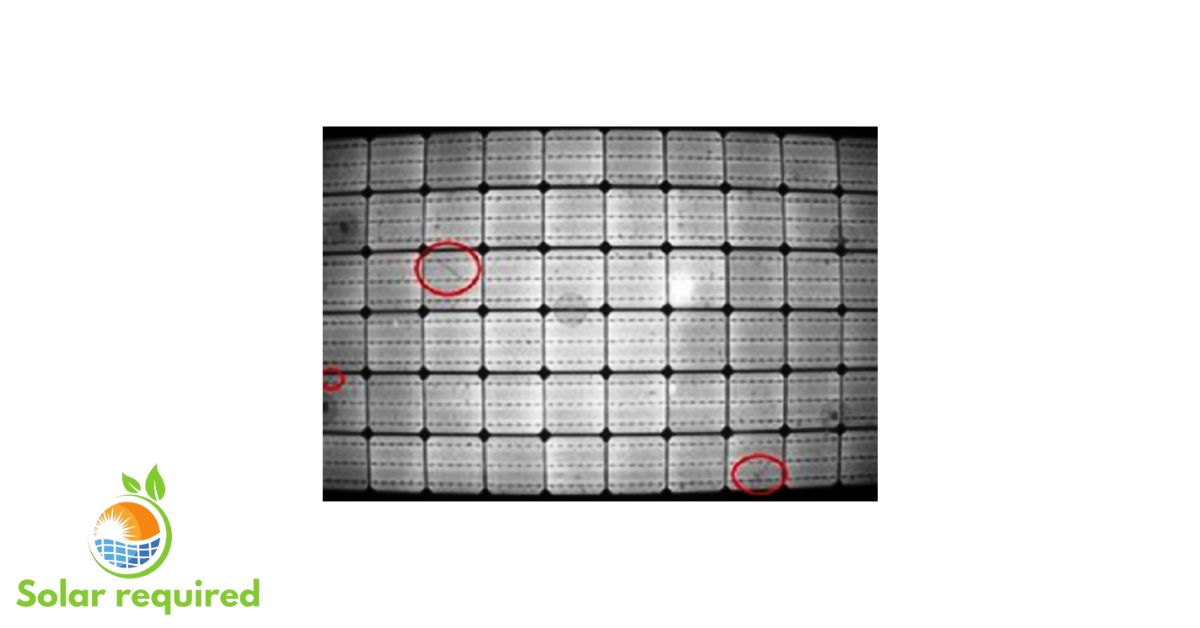
Common Myths and Misconceptions about Solar Panels
We need to debunk several common myths and misconceptions about solar panels. One myth is that solar panels are only effective in sunny climates. While it’s true that solar panels perform best in direct sunlight, they can still generate electricity on cloudy or overcast days. The technology has improved over the years and can harness diffuse sunlight as well.
Another myth is that solar panels are too expensive. While the initial cost of installing solar panels may seem high, they can save you money in the long run. Government incentives and falling solar panel costs are making solar panel investments more profitable. Also, you can lease or finance them. This makes solar panels more affordable.
Solar panels convert sunlight into what type of energy
Solar panels have revolutionized the way we generate electricity by harnessing the power of sunlight. Solar panels absorb sunlight. They convert it to DC electricity, then invert it to AC. Finally, they distribute the electricity to power appliances. Solar panels provide clean and renewable energy. Solar panels have advantages.
They include cost savings and environmental benefits. They make solar panels a good option for anyone looking to cut their carbon footprint and save on electricity. Don’t let the myths and misconceptions scare you. Solar panels are a smart investment for a sustainable future.
More read: Calculate Your Potential Savings: Solar Panels vs. Electricity Bills!
